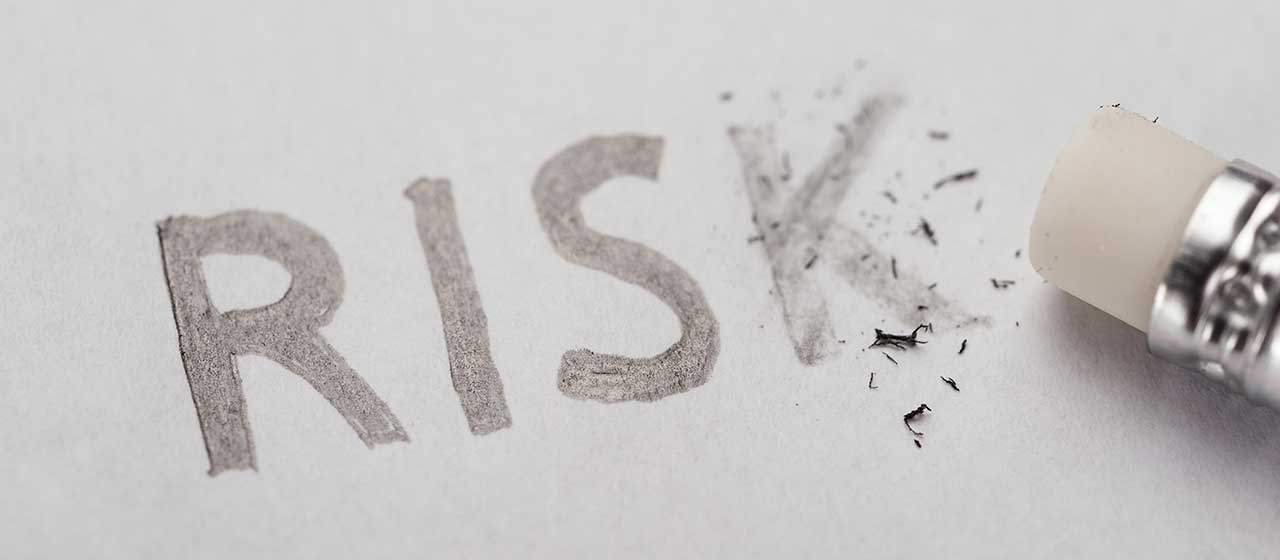
Risk Assessment
Sex offender risk assessment, as used in California, is an empirical way of measuring the risk of re-offense by group. It is the same actuarial method that is used to determine risk in setting rates for life insurance and car insurance. For more detailed information about risk assessment in California, visit the official website of the State Authorized Risk Assessments Tools for Sex Offenders Committee (SARATSO).
California has adopted four risk assessment instruments for use in assessing sex offender risk of reoffending. The first one, the Static-99R, is used to assess male sex offenders presentencing and prior to release from prison. The Static-99R is based on static (unchanging) risk factors which predict the potential for sexual re-offending, such as age at release from custody on the sex offense, number of certain types of prior convictions, and victim characteristics.
By law, static risk scores are displayed on the Megan's Law website if a Static-99 or Static-99R score is available and the individual is displayed on the Megan's Law website with their full address pursuant to Penal Code section 290.46. Since risk assessment did not begin until 2006 in California, many offenders convicted and/or convicted before that date have not been scored on the static risk assessment instrument. An offender who is offense-free for at least 10 years in the community after release may not be eligible at that point for scoring on the Static-99R unless he commits another sex offense or other serious offense.
The Juvenile Sexual Offense Recidivism Risk Assessment Tool – II (JSORRAT–II) is used in California to assess juvenile sex offenders. The JSORRAT-II was developed using an actuarial approach in an attempt to bring greater accuracy and utility to risk assessments for male juveniles who have offended sexually, recognizing the potential for accurate risk assessment to inform a range of decisions, including placement, programming, supervision, and other resource allocation decisions. By law, juveniles are not displayed on the Megan’s Law website, so their risk scores are known only to law enforcement and treatment professionals.
The STABLE-2007/ACUTE-2007 are dynamic risk assessment instruments, meaning they are used to measure dynamic (changing) risk factors which are empirically related to the risk of re-offense. Examples of dynamic factors are alcohol abuse, changing relationship factors, and stability (or instability) in housing or employment. The STABLE and ACUTE are scored by sex offender treatment professionals during probation or parole, and the results are used to inform treatment and supervision terms and conditions.
Static-99R Risk Scores
The Static-99R score is used to predict the risk of sexual re-offense, based on the offender's score category.
In 2016, the authors of the Static-99R revised the coding rules to reflect new score literals for each numeric score. The table below reflects the score literal under the revised coding rules as well as the former score literal for those individuals who scored under the prior coding rules.
| Static-99R Score Categories | |||
|---|---|---|---|
| Risk Level | Score | Score Literal | Former Score Literal |
| I | -3, -2 | Very Low Risk | Low Risk |
| II | -1, 0 | Below Average Risk | Low Risk |
| III | 1 | Average Risk | Low Risk |
| III | 2, 3 | Average Risk | Low-Moderate Risk |
| IVa | 4, 5 | Above Average Risk | Moderate-High Risk |
| IVb | 6 - 12 | Well Above Average Risk | High Risk |
Offenders with a score of -2, for example, would be considered very low risk to commit a new sexual offense (formerly low risk); offenders with a score of 5 would be above average risk to commit a new sexual offense (formerly high risk).
Recent research has found that, in most cases, for every five years an offender is in the community without committing a new sex offense, his or her risk of sexual re-offense roughly halves (Hanson, Harris, Helmus, & Thornton, 2014.)
Predicted Sexual Recidivism by Score Category, Five Years after Release from Custody*
(Based on Routine Norms, Static-99R):
| Score | Predicted Recidivism Rate |
|---|---|
| -3 | 0.9 |
| -2 | 1.3 |
| -1 | 1.9 |
| 0 | 2.8 |
| 1 | 3.9 |
| 2 | 5.6 |
| 3 | 7.9 |
| 4 | 11.0 |
| 5 | 15.2 |
| 6 | 20.5 |
| 7 | 27.2 |
| 8 | 35.1 |
| 9 | 43.8 |
| 10 | 53.0 |
Decline in Risk Level Based on Initial Static-99R Score and Years Sexual Offense Free in the Community*

LS/CMI Risk Scores
The risk assessment instrument used in California to predict the risk of violent re-offense by sex offenders is the Level of Service/Case Management Inventory (LS/CMI). This instrument is also scored by sex offender treatment professionals during probation or parole, and used to guide decisions in treatment and while the offender is on parole or probation supervision. Unlike the other official SARATSO risk instruments, the LS/CMI can be used to predict the risk of re-offense with female sex offenders as well as male offenders.
| LS/CMI Score Categories | |
|---|---|
| Risk Score | Score Literal |
| 0 - 4 | Very Low |
| 5 - 10 | Low |
| 11 - 19 | Medium |
| 20 - 29 | High |
| 30+ | Very High |
